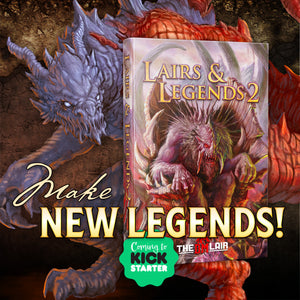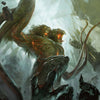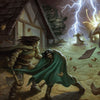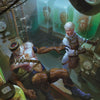8 D&D Combat Mistakes You’re Probably Making
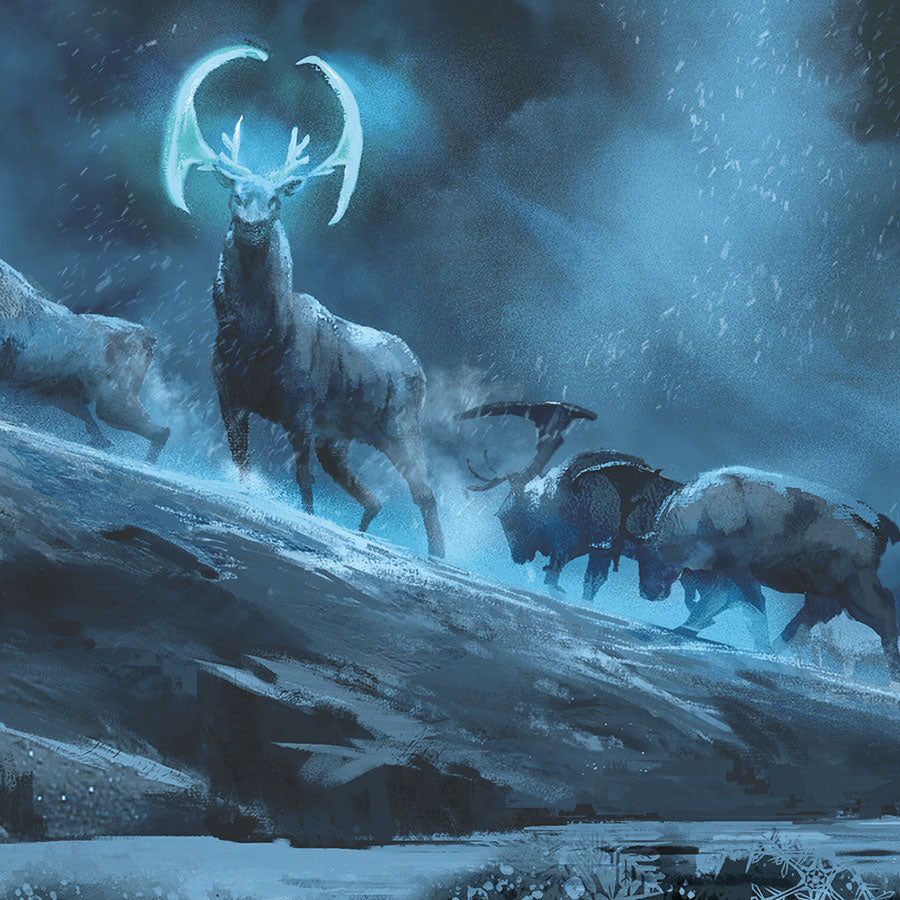
Written by Luke Hart
One of the best ways to make combat more immersive and exciting in Dungeons & Dragons is through strong narrative descriptions. However, it's easy to go overboard, or worse, neglect descriptions entirely. Striking the right balance can be tricky, so today, we’re diving into eight common mistakes dungeon masters make when describing combat—and how to fix them.
By the way, are you a NEW GAME MASTER feeling a bit overwhelmed by everything involved with running a role-playing game? If so, the Secret Art of Game Mastery can help. Get over 100 years of GM experience distilled into practical, easy-to-read advice.
Watch or listen to this article by clicking the video below.
1. Describing Every Action and Every Die Roll
Some dungeon masters fall into the trap of describing every single attack, dodge, and dice roll with epic, cinematic detail. “You lunge forward, your blade a blur, narrowly slicing across the goblin’s leather armor for… checks dice …five points of damage.” While this sounds cool at first, keeping up that level of detail for every action is exhausting, repetitive, and slows combat to a crawl.
This mistake often stems from watching online D&D shows, where professional actors make every action feel larger than life. But at the table, you need to keep things moving. Not every action needs a deep description. Focus on the highlights—critical hits, killing blows, or spells with massive effects. For everything else, sometimes just saying “You hit, roll damage” is perfectly fine.
2. Not Describing Anything
On the opposite end of the spectrum, some DMs provide no description at all. Combat becomes nothing but numbers: “You hit for 12 damage. The goblin attacks. It misses.” While this technically works, it’s missing a golden opportunity to immerse players in the moment.
If you struggle with descriptions, start by visualizing the action like a scene in a movie and describe what you see. Reading fantasy books (like R.A. Salvatore’s Drizzt novels) can help, too. And remember, you don’t need to be perfect—just a little added flavor can make combat feel more alive.
3. Descriptions That Are Too Long
Long-winded combat descriptions can be just as bad as not describing anything. Imagine a DM taking two full minutes to narrate a single attack: “Your blade arcs through the air, a perfect crescent of steel, whistling like the winds of the northern highlands as it finds purchase against the beast’s hide, sending a spray of glistening crimson onto the stones at your feet…” Yeah, don’t do that.
Keep it short and impactful. Instead, say: “Your sword slashes deep into its hide, spraying blood across the ground.” You want to paint a vivid picture, but you don’t need to write a novel for every attack.
4. Placing All Narrative Burden on the DM
Who said the DM has to describe everything? Players should be contributing, too! If the DM is doing all the descriptions while players just roll dice and say, “I hit for 10,” it’s going to get stale fast.
Encourage your players to describe their own attacks, especially on critical hits or finishing blows. If they’re hesitant, lead by example. Gently ask them, “How do you finish the goblin off?” If they’re still shy, don’t push them—just keep offering the opportunity. Over time, most players will warm up to it.
5. Over-Describing Minor Hits as Horrific Wounds
A goblin has 100 hit points. You hit it for 8 damage, and the DM describes how “your sword carves a deep wound into its ribs, blood pouring out in rivers.” But… it’s still at 92 HP? That description doesn’t make sense.
Narrative descriptions should match the mechanics. Early damage is minor—scrapes, bruises, cuts. A creature should only start looking seriously hurt once it's lost a significant chunk of its health. Keep the truly brutal descriptions for the final blows.
6. Not Using All Five Senses
Most combat descriptions focus entirely on sight, but great storytelling engages multiple senses. Instead of just saying, “Your blade cuts into the ogre’s arm,” try: “Your sword carves a deep gash into the ogre’s forearm. You hear its roar of pain, hot breath blasting your face as it stumbles back, blood splattering onto the ground.”
That said, don’t overload every description with all five senses at once. Pick one or two each time and rotate them throughout the fight.
7. Forgetting Opponent Reactions
A common mistake is only describing what the player does while forgetting to mention how the opponent reacts. Instead of just saying, “You hit the orc for 10 damage,” you can add: “Your sword slashes across the orc’s chest. It snarls in pain, gripping the wound as blood seeps between its fingers.”
These little details make combat feel more dynamic and alive. Just remember that these are flavor descriptions, not actual game mechanics. The orc gripping its wound isn’t using its action to “grip wound”—it’s just visual storytelling.
8. Not Using Narrative Transitions
Smooth transitions between turns keep combat flowing. Instead of abruptly saying, “Okay, next up, Bob, your turn,” describe what the next player sees:
“The goblin you just hit stumbles backward, clutching its side. It bares its teeth in defiance, eyes darting between you and its escape route. Bob, you see this unfold—what do you do?”
This simple technique makes combat feel more seamless and engaging. It also helps set up the stakes for the next turn, giving players a sense of urgency and consequence.
100 Years of GM Experience at Your Fingertips!
Are you a NEW GAME MASTER feeling a bit overwhelmed by everything involved with running a role-playing game? Are you a VETERAN GAME MASTER looking for new tips and tricks to take your games to the next level? Look no further than the Secret Art of Game Mastery.
We at the DM Lair have distilled our CENTURY of accumulated GM experience into an easy-to-read guide of practical advice that you can immediately apply to your games! We've even included our own templates–the things that we use to prepare our ACTUAL games.
Get all three books to master your game:
- The Secret Art of Game Mastery. Contains over 100 years of GM advice distilled into an easy-to-read format. It introduces and explains the tools of the trade, scheduling, playstyle, post-game notes, getting player feedback, and more.
- The Secret Art of Preparation. Brings to your fingertips the actual templates and guides that the DM Lair team uses to prepare games, Lair Magazine, and more. Designed as a three-ring binder, it's intended for you to write directly into for your entire campaign!
- The Secret Art of Notetaking. Gives you the keys to tracking your campaign from session to session just like the DM Lair team. Designed as a three-ring binder, it's intended for you to write in and keep track of your whole campaign!
With so much knowledge and experience on its pages, The Secret Art of Game Mastery is guaranteed to become an indispensable tool for all game masters, new and veteran alike. And if that isn’t enough, the information applies to all game systems and all genres!
-
Posted in
Game Master How-To Articles


